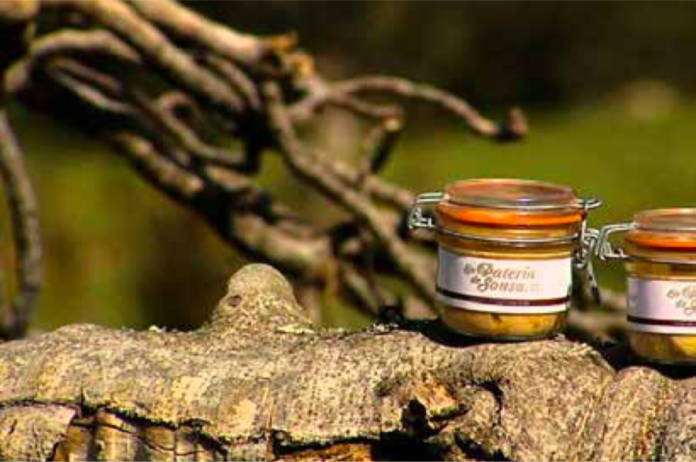Luxury: We look at the richest of all foods…
Beluga caviar is caviar consisting of the roe (or eggs) of the beluga sturgeon Huso huso. The fish is found primarily in the Caspian Sea, the world’s largest salt-water lake, which is bordered by Iran, Azerbaijan, Kazakhstan, Russia, and Turkmenistan. It can also be found in the Black Sea basin and occasionally in the Adriatic Sea. Beluga caviar is the most expensive type of caviar, with market prices, at the beginning of the millennium, ranging from $7,000 to $10,000/kg ($3,200 to $4,500/lb).
The beluga sturgeon can take up to 20 years to reach maturity. The fish harvested for caviar are often nearly 900 kg (2,000 lb). The eggs themselves are the largest of the commonly used roes, and range in color from dark grey (almost black) to light grey, with the lighter colours coming from older fish, and being the most valued.
The most expensive caviar is beluga-albino caviar often called Almas. Almas is produced from the eggs of a rare albino sturgeon between 60 and 100 years old, which swims in the southern Caspian Sea where apparently less pollution exists. Very few of the albino variety are left in the wild since the lack of melanin is a genetic disorder that only affects a few members of the species. A kilogram (2lb 3oz) of this almost white ‘black gold’ is regularly sold for £20,000 (then $34,500). Any additions by producers diminish the value of the roe, and the caviar usually reaches the market without any additions or processing whatsoever.
As with most caviars, beluga is usually handled with a caviar spoon made of mother of pearl, bone, or other non-metallic material, as metal utensils tend to impart an unwelcome metallic taste to the delicate roe. Beluga caviar is usually served by itself on toast, unlike other less expensive caviars that can be served in a variety of ways, including hollowed and cooked new potatoes, on a blini, or garnished with sour cream, crème fraîche, minced onion, or minced hardboiled egg whites. These items can, however, be served with beluga as palate cleansers.
Foie gras – La Patería de Sousa: Eduardo Sousa Holm is a Spanish farmer who claims to make goose foie gras without gavage (force-feeding the geese), at his farm in Extremadura. Chef Dan Barber described his experience of Sousa’s farm in his book, The Third Plate, and at a TED presentation in 2008 on the radio show This American Life in 2011. Eduardo Sousa has been operating his family farm and adjunct restaurant, La Pateria de Sousa, which claims to have been in continual production since 1812. La Pateria de Sousa was awarded the Coup de Coeur award at the Salon International d’Alimentation, SIAL 2006, in Paris.
Sousa’s farm affords the geese an abundance of foods that grow on the property, from figs to acorns, and various naturally occurring herbs such as the seeds from the yellow bush lupine which gives his foie gras the characteristically yellow colour of foie gras that is usually produced through the force-feeding process using corn.
Owner Eduardo Sousa says: “Since 1812, La Patería de Sousa is proud to offer customers delicious goose foie gras Extremadura, reared in the most absolute freedom, without feeding and totally organic. Our ethical system of production is to exploit the natural cycle of migration of birds, getting to reach the winter cold. Our production is seasonal (only once a year), coinciding with the winter, so fresh products must be ordered in advance.”
Ultra-rich and fatty, the price of La Patería de Sousa can go as high as $700 per kilogram. www.eduardosousafarm.com







